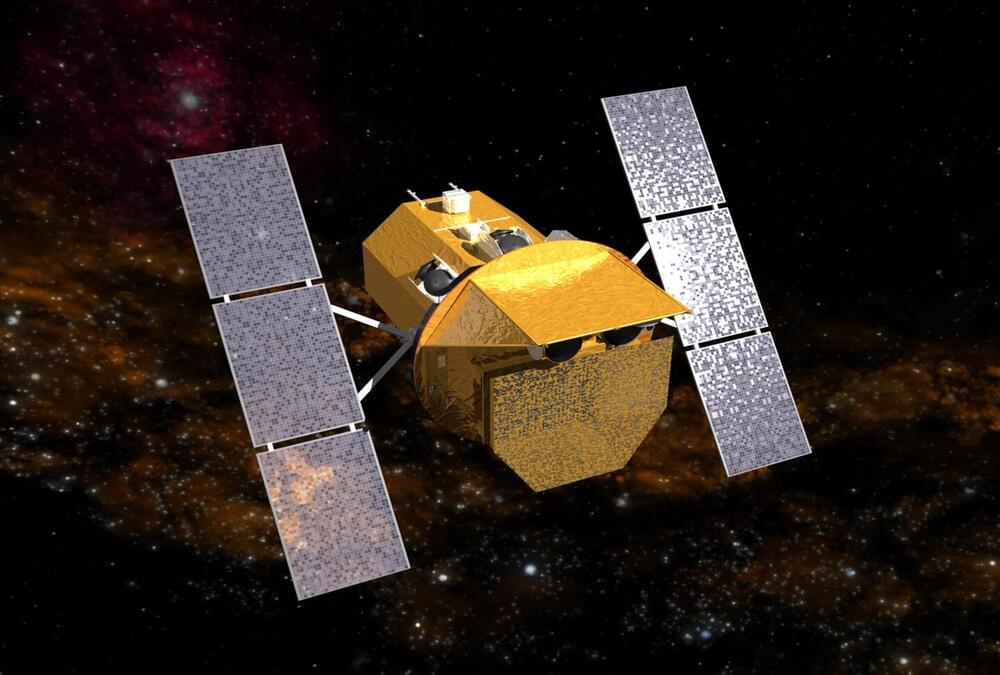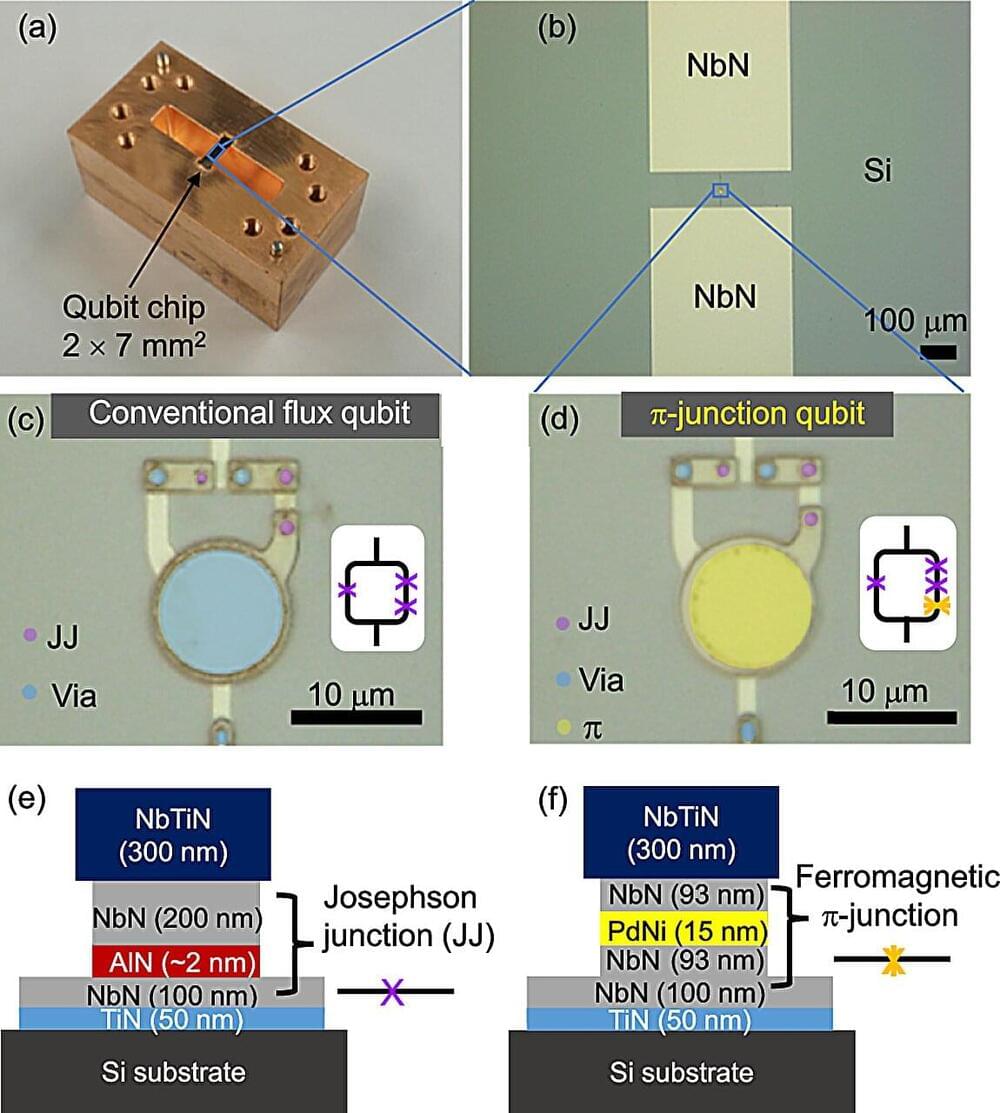In their previous research, Mak and his colleagues engineered a highly tunable moiré Kondo lattice system based on MoTe2/WSe2 moiré bilayers. This material offers a unique opportunity to examine the Kondo destruction transition in a continuous manner, which has proved highly challenging in bulk heavy fermion materials.
“With this background, our Nature Physics paper studied the fate of the heavy fermions by continuously tuning the density of the itinerant carriers in the system, which tunes the effective Kondo coupling strength,” said Mak. “Near a critical density, we observed a destruction of the heavy fermions and the simultaneous emergence of a ferromagnetic Anderson insulator.”
As part of their new study, the researchers examined the Kondo lattice physics emerging in the moiré semiconductor: angle-aligned MoTe2/WSe2 heterobilayer presented in their previous paper. Their results highlight the promise of moiré Kondo lattices for studying the Kondo destruction transition using a tunable platform, as well as the possibility of realizing other exotic states of matter near such transition.









